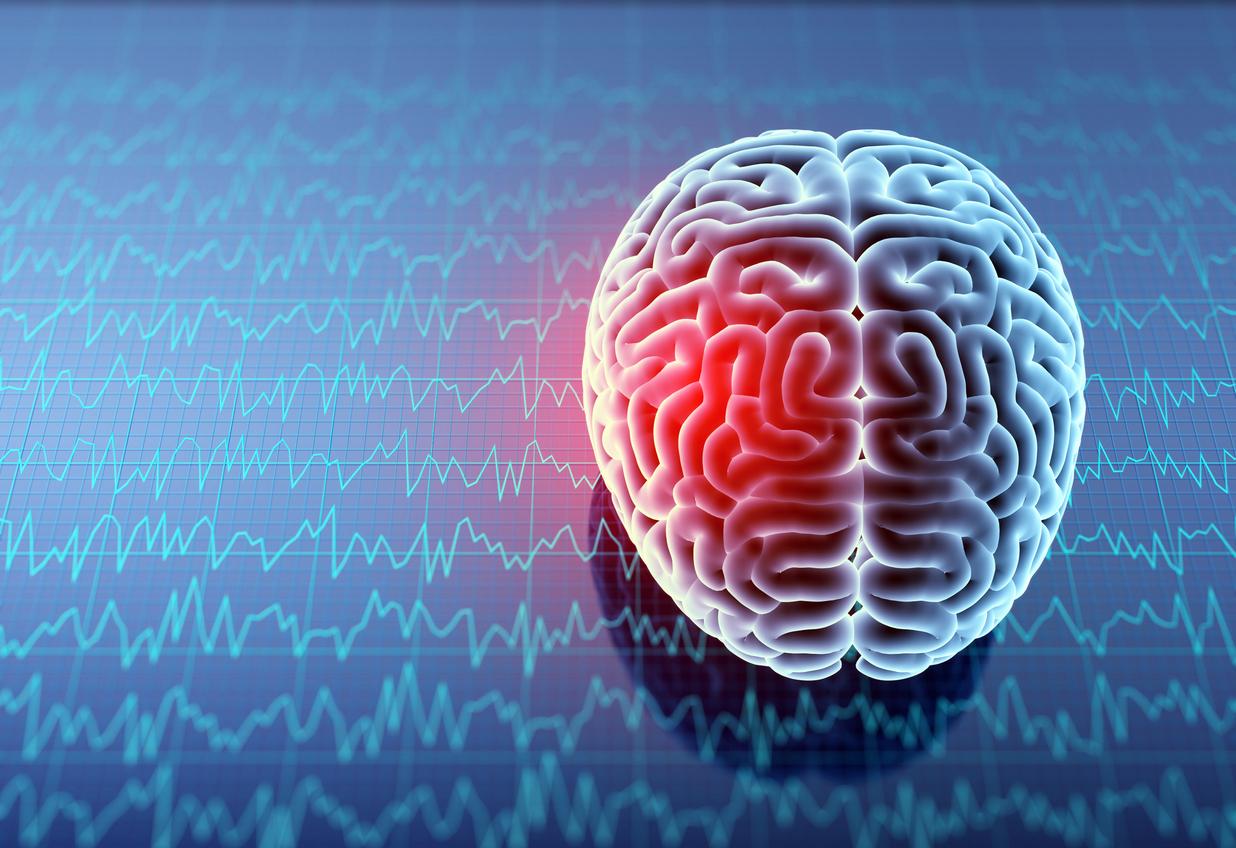Chronic pain affects millions of people worldwide and poses a major challenge to healthcare systems. Faced with the limitations of conventional treatments, medical cannabis has emerged as a potential option for pain relief.

- Medical cannabis can effectively relieve chronic pain and reduce opioid use, but it carries risks of addiction and side effects.
- Patients should consult healthcare professionals to assess the risks and benefits before starting treatment.
- A careful and well-informed approach is essential to getting the most out of medical cannabis in pain management.
This article explores the pros and cons of using medical cannabis to treat pain, providing an overview based on recent research and patient testimonials.
Medical cannabis refers to the use of the cannabis plant, or its extracts, to treat medical conditions. The two main active compounds in cannabis are tetrahydrocannabinol (THC) and cannabidiol (CBD). THC is psychoactive, responsible for the “high” effect, while CBD is non-psychoactive and has anti-inflammatory and analgesic properties.
Benefits of Medical Cannabis for Pain
- Chronic Pain Relief: Numerous studies have shown that medical cannabis can be effective in relieving various types of chronic pain, including neuropathic pain, arthritis, and cancer-related pain. For example, a study published in the Journal of Pain found that patients with chronic pain reported significant reductions in pain after using medical cannabis.
- Reducing Opioid Use: Another research, published in the Journal of the American Medical Association (JAMA)says patients using medical cannabis tend to reduce their use of opioids, which are often prescribed for chronic pain but carry a high risk of addiction and serious side effects.
- Anti-inflammatory properties: CBD, in particular, has anti-inflammatory properties that may help treat inflammatory pain such as that caused by arthritis. According to a study by European Journal of Paintopical CBD significantly reduced inflammation and pain in rats without causing side effects.
- Improved sleep: Many patients with chronic pain also have sleep problems. Medical cannabis may improve sleep quality, which is crucial for overall well-being. A study in the Journal of Clinical Sleep Medicine showed that cannabis could improve symptoms of sleep apnea and other sleep disorders.
Disadvantages of Medical Cannabis for Pain
- Psychoactive effects: THC, while effective for pain management, can cause unwanted psychoactive effects, such as memory impairment, hallucinations, and mood changes. These effects may limit the use of medical cannabis for some patients, including those who must drive or operate machinery.
- Rrisk of dependency: Although the risk of addiction to cannabis is lower than that of opioids, there is still a risk of dependence, especially in long-term or high-dose users. A study published in Drug and Alcohol Dependence indicated that about 9% of cannabis users become addicted.
- Drugs interactions : Medical cannabis can interact with other medications, increasing or decreasing their effects. For example, it can interact with blood thinners, sedatives, and antidepressants. It is essential that patients consult their doctor before starting medical cannabis treatment to avoid potential interactions.
- Side effects : Medical cannabis use can cause side effects, including dry mouth, drowsiness, fatigue, and sometimes gastrointestinal upset, according to a study published in Cannabis and Cannabinoid Research, Although these effects are usually mild to moderate, they may be bothersome for some patients.
Patient Testimonials
Patient testimonials using medical cannabis for pain management are varied, but many report positive experiences. For example, Marie, a fibromyalgia patient, shares: “Before starting medical cannabis, I had tried many medications without success. Cannabis has really helped reduce my pain and improve my sleep.”
In contrast, Paul, a patient suffering from neuropathic pain, recounts a mixed experience: “Cannabis helped with my pain, but the psychoactive effects were difficult to manage on a daily basis. I had to adjust my dose several times to find a balance.”
Regulation and access to medical cannabis
In France, regulation and access to medical cannabis are strictly regulated. Here is a detailed overview of the current situation:
1. Legal framework:
- Cannabis, in all its forms, is classified as a narcotic in France and is therefore prohibited for cultivation, sale and use, except in exceptional circumstances.
- However, a specific framework for the medical use of cannabis has been put in place through experimentation and strict regulations.
2. Experimentation with medical cannabis:
- In 2019, France launched an experiment in the medical use of cannabis, authorized by theNational Agency for the Safety of Medicines and Health Products (ANSM).
- This experiment is planned to last two years and concerns around 3,000 patients suffering from specific pathologies.
3. Medical indications:
- The indications selected for the experiment include in particular certain forms of epilepsy resistant to treatment, neuropathic pain refractory to conventional treatments, side effects linked to chemotherapy, palliative care and spasms linked to multiple sclerosis.
4. Authorized products and forms:
- Only cannabis products that meet pharmaceutical standards are used in this experiment.
- Authorized forms include sublingual oils, dried flowers for vaporization and capsules, excluding the smoked form.
5. Prescription and distribution:
- Only certain specialist doctors, trained for this purpose, are authorized to prescribe medical cannabis as part of the experiment.
- Patients can obtain these products only from specific hospital pharmacies.
In summary, medical cannabis in France is currently only available as part of an experiment regulated by the ANSM. This experiment targets specific pathologies and is subject to strict prescription and monitoring criteria. The results of this experiment will determine the future of the medical use of cannabis in France.
Future research and development
The field of medical cannabis is booming, with many studies underway to better understand its effects on pain and other medical conditions. Research is also focused on developing new formulations and delivery methods to maximize benefits and minimize side effects. For example, purified CBD formulations or low-THC cannabis extracts are promising options.
Medical cannabis offers promising benefits for chronic pain management, but it also comes with potential downsides and risks. A balanced approach, including consultation with healthcare professionals and careful monitoring, is essential to maximize benefits while minimizing risks. As research progresses, new information and treatment options will continue to emerge, offering hope to patients suffering from chronic pain.


















